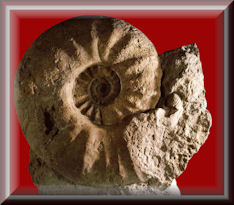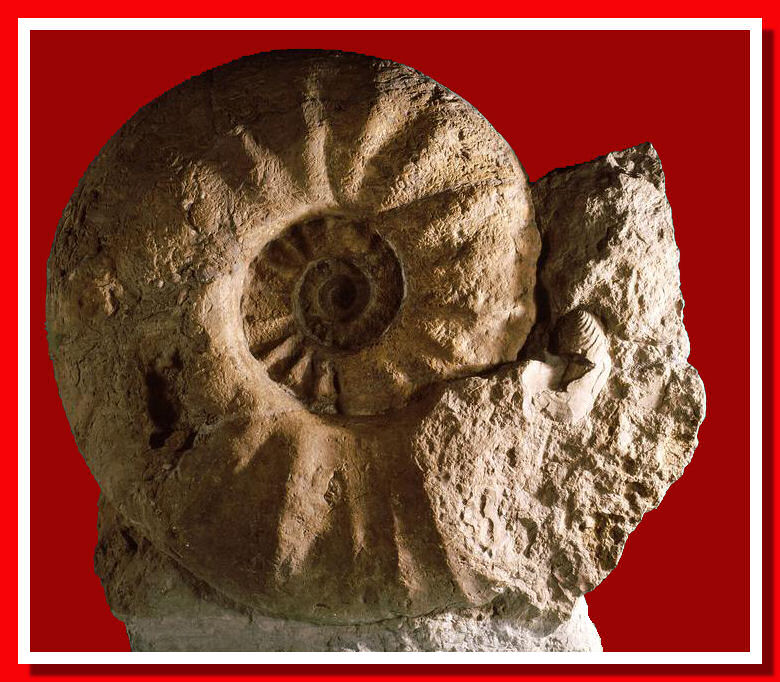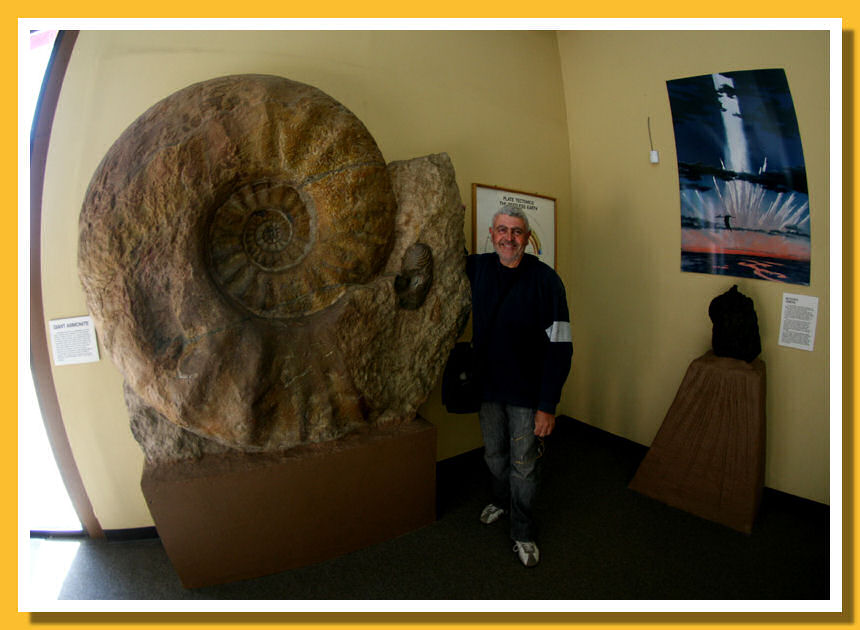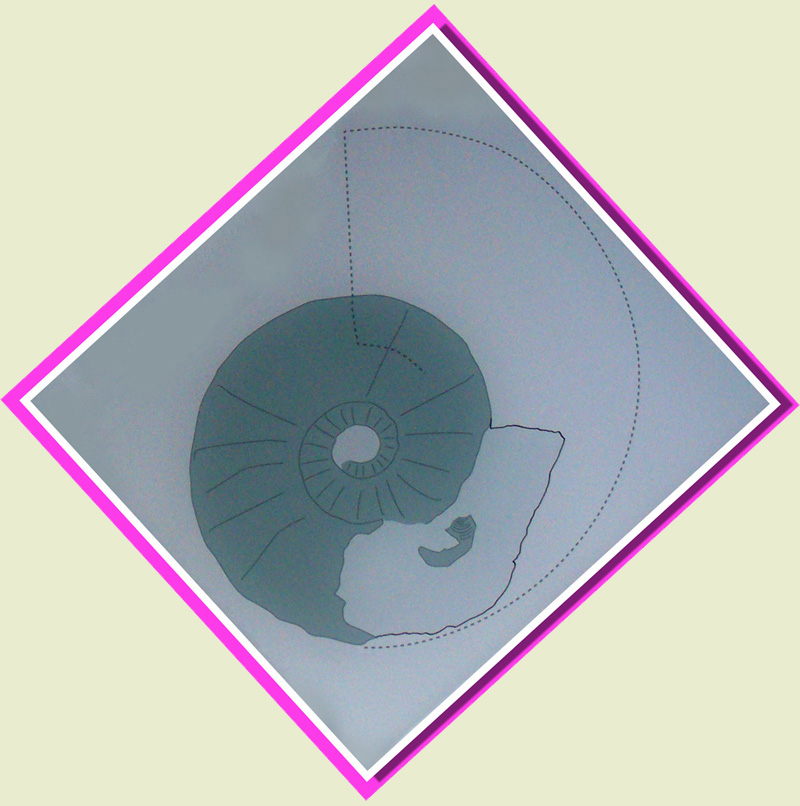Germany - Fossil of the Year Award
by Nando Musmarra
Creating and dispensing awards has become so usual in the global world that I most of the time looked at this phenomenon with skepticism.
Something happened that changed my mind. Back in 2007, the paleontological news arrived in the Italian virtual world slightly delayed. At that time Facebook was still at beginning, and I used posting freshly-published paleontological news on a couple of Central-Italy Fossil Forums. Those forums were horribly moderate and even worst administrated in unprofessional manners, banning members just because they supported the right of fossil collecting or because they posted links to external websites.
I flew away from those kind of nazi traps, deciding to increase my contribution to Wikipedia and posting paleontological news on Facebook (where I am still active). In the meanwhile, I began to build my first website (www.fossiliveraci.org, now www.paleonature.org) were to write about paleontology without censors. Also I increased my contribution to Fossil News, Journal of Avocational Paleontology and to TheFossilForum
The first paleo news I came across when I switched to my own website, was that the German-speaking scientific community had organized a competition about the "German Fossil of the Year". This competition will be held annually.
For the year 2008, the first award was gained by the world's largest ammonite ever found, discovered back in 1895. It was really a well-deserved honorary winner, convincing me about the seriousness of those kind of competitions. I was very pleased for this award, promising myself I would have tracked this competition very close, trying to meet in person, year by year, all the "German Fossil Of The Year" award winners, that's all!
Fossil of the Year 2008 - Parapuzosia seppenradensis

Preceded by a find, in the same place, of an ammonite of 136 centimeters in diameter, the 174 cm world's biggest ammonite, which original is exhibited in the Museum of Natural History in Münster, Germany, was discovered back in 1895 by a local historian and zoologist Theodore Nopco, in a quarry near Seppenrade (Coesfeld) about 25 kilometers southwest of Münster.
With a diameter of 1,74 meters, this ammonite is believed to be the bigger of the world found to date. Because of its importance for the science and its special value, the German Paleontological Society chose the Westphalian giant ammonite as "career honor" winner fossil for the first year of the competition.
The big fossil was acquired for 125 gold marks by Prof. Dr. Hermann Landois, director and founder of the former Westphalian Provincial Museum of Natural History and director of the zoological section of the Westphalian Provincial Association for Science and Art in Münster. Broken in seven pieces, the big ammonite was stored in the LWL-Museum of Natural History of Münster since 1895, when the enormous cephalopod from Seppenrade became the museum's symbol.
At first, Landois described the big ammonite with the scientific name Pachydiscus seppenradensis. After a while, this sea's giant, weighting over 3.5 tonnes and 1.80 meters tall, was assigned to the genus Parapuzosia, so today the correct scientific name is Parapuzosia seppenradensis.
That's enough about words, let's speak the pictures now.

World's Bigger Ammonite close up :)

The author with Parapuzosia seppenradensis's cast at The Dinosaur Museum in Blanding, UT

Landois and the world's bigger ammonite - LWL-Museum für Naturkunde in Münster

The core of this ammonite is the world largest known, measuring 174 cm in diameter. Large part of the body chamber is missing. When alive, this specimen could reach more than 2,50 meters in diameter - Naturkunde Museum Bamberg
Ammonites are an extinct group of molluscs belonging to class Cephalopoda of phylum Mollusca. These marine invertebrate animals are closely related to living coleoids (i.e. octopuses and squids) than they are to nautiloids such as the actual Nautilus species, living in the Indian Ocean.
Ammonites had a spirally coiled and chambered casing, hausing the soft body with many tentacles. The cameras were divided into a living room and in a section with gas-filled chambers very useful for floating in the water.
During Lower Devonian, more than 400 million years ago, ammonite's evolution history began, and for the following more than 300 million of years, ammonites were among the most common and most diversified organisms in the oceans, until they became extinct at the end of the Cretaceous, around 65 million years ago. Because of their big numbers, they left numerous fossils, very important for dating rocks.
Ammonoids are usually not bigger than 30 cm. in diameter, but a significant number of species are much larger. Gigantism in ammonites occurred often in the Earth's history, from upper Devonian to Jurassic, with ammonites that could grow to almost 1 meter in diameter. But even this is a small size, compared to the largest ammonites from the Cretaceaous, which are up to 3 meters (10 feet across).
Gigantism in animals in general is not only associated with longer-lasting life span, overpowering and/or eating large preys, but can also be an efficacious way for not being killed by other predators. These large forms, evolved after a strong rise in global sea levels, had fierce enemies, like sharks, Mosasaurus and other big marine reptiles, but a 3 meters diameter ammonite may have been to much also for those sea monsters to fight.
Works consulted:
Paul D. Taylor, David N. Lewis, 2005 - Fossil Invertebrates
Nando Musmarra ©
